

He was studying to be an architect, but World
War I interrupted his studies and he was drafted and ended up
on the Russian front where he was wounded and ended up as P.O.W.
He started his painting carrier in a in Moscow
hospital.He was invited to teach art in a high school in Abransk,
where he met his future wife Nyuricska who was also teaching there.
He was released from the prisoner of war camps in 1922 and settled
in Kalocsa. In 1923 -he exhibited his paintings made in Russian
captivity, in Moscow and in Siberia. He won the distinguishing
state prize for his water color paintings, and many other awards
with his paintings. He is well known in Hungary for his winter
scenery pastel, watercolor and oil paintings. His architectural
paintings reflects his architectural training.

|
 |
|
|
|
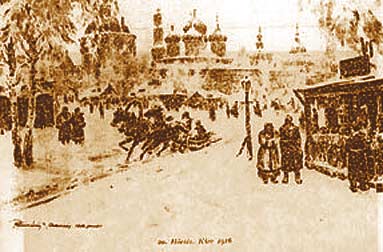

|
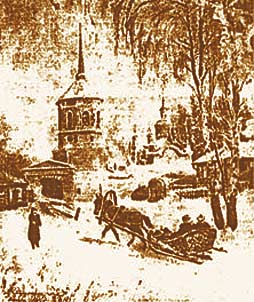 |
|
|
|
From the published article of Bedõ Rudolf: Rökk Károly 1915-1922 között készült moszkvai és szibériai vizfestményei és rajzai. (Különlenyomat a Müvészettörténeti Értesítõ 1964. évi 4. számából.)
| Pictures received in 2006 from France. | |
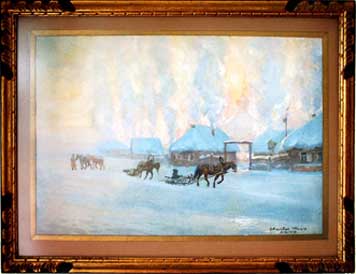 |
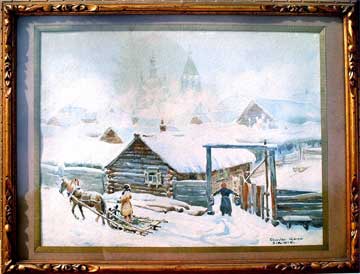 |
| Rökk_traineau |
Rökk-Sibirie_traineau |
| oil painted in Russia | oil painted in Russia |
| Siberian scene painted in Kalocsa |
 |
 |
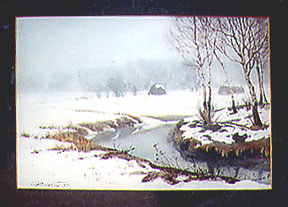 |
| oil | water color |
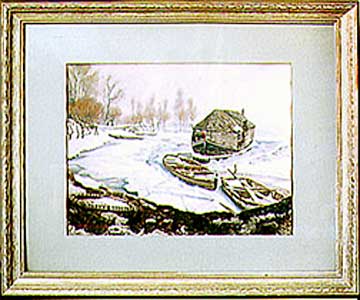 |
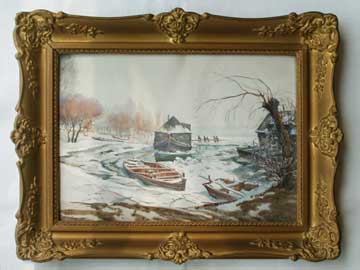 |
| Water color, 1935 Water mills were taken out for the winter from the Danube. |
Water color, 1935 Water mills were taken out for the winter from the Danube |
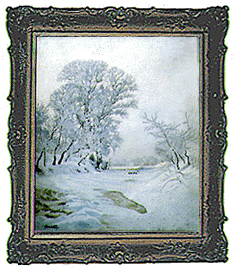 |
|
| Winter landscape (approx. early 1920) (oil) | |